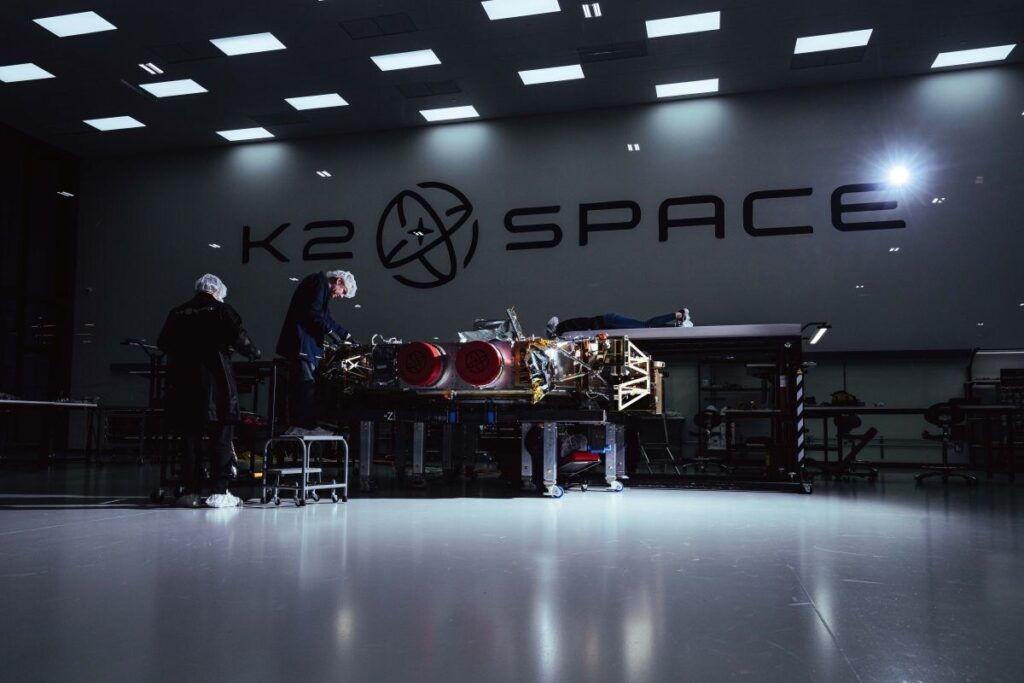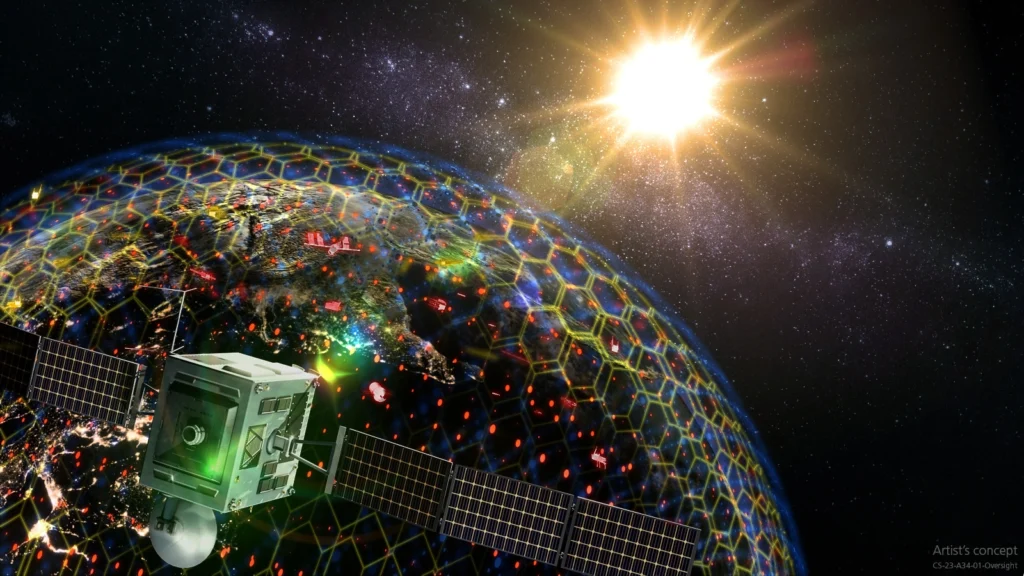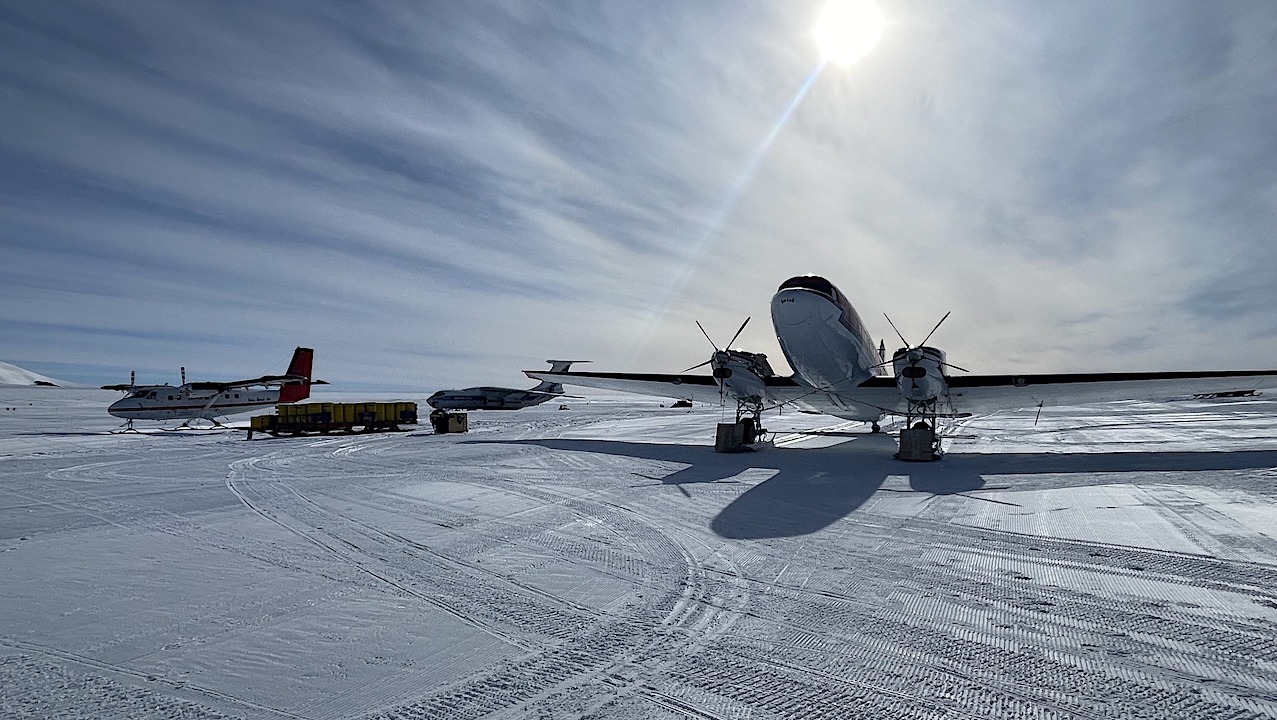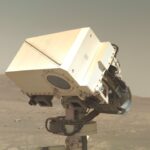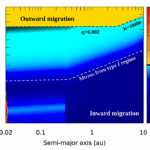Now Reading: NISAR planned to launch in March 2025 after antenna repairs
-
01
NISAR planned to launch in March 2025 after antenna repairs
NISAR planned to launch in March 2025 after antenna repairs
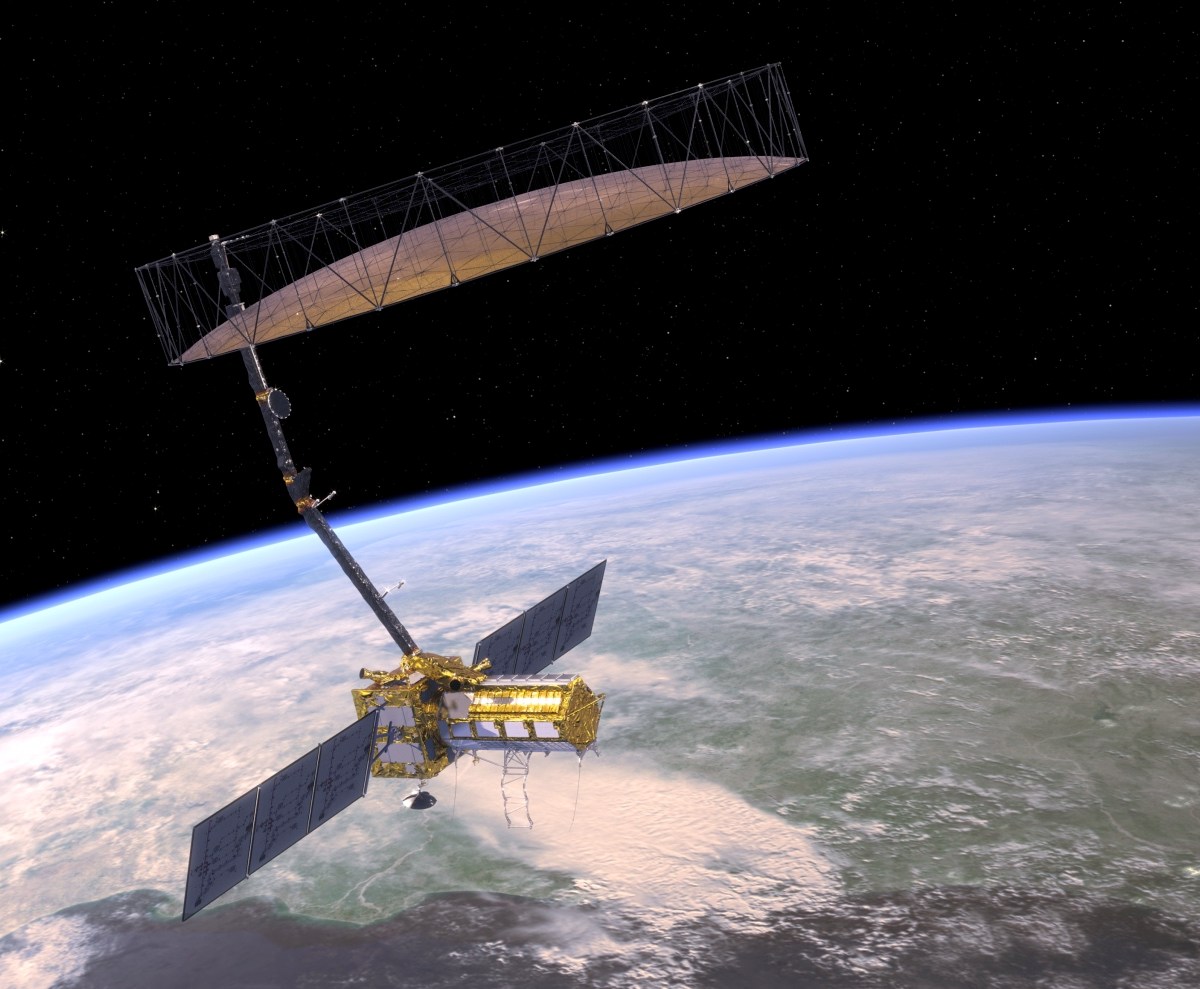

WASHINGTON — A joint Earth science mission between NASA and its Indian counterpart is now scheduled to launch as soon as next March after being delayed to repair its main radar antenna.
In a presentation at the annual meeting of the American Geophysical Union here Dec. 11, Gerald Bawden, program scientist for the NASA-ISRO Synthetic Aperture Radar (NISAR) mission at NASA Headquarters, said the spacecraft is now scheduled to launch from India in a window that opens in late March.
NISAR was previously scheduled to launch in the spring of this year, but NASA announced in March that it would delay the launch to make repairs to the spacecraft’s 12-meter deployable reflector used by its main radar instrument. Engineers concluded that the reflector would get warmer than expected when in orbit immediately after launch while still stowed. Those repairs required shipping the antenna from India to California.
NASA completed those repairs by October, shipping the antenna back to India on a C-130 aircraft. The agency said then that NISAR would launch in early 2025 but was not more specific. NASA had said in July that the launch could not take place between October 2024 and February 2025 because the launch would place the spacecraft into an orbit with “periods of alternating sunlight and shadows” that would create temperature fluctuations affecting the reflector’s deployment.
Bawden said the issue with the antenna was discovered during tests of the spacecraft in a thermal vacuum chamber. “Some of the temperatures were higher than we expected them to be,” he said, “so what we decided to do is remove the reflector from NISAR and bring it back to the United States.”
The fix to the reflector, he said, involved placing strips of reflective tape on rods in the reflector that were black. “We are set now with NISAR,” he said. “The hardware is completely checked out.”
The spacecraft is in storage for two reasons. One is to wait until the eclipse period ends Feb. 8. The second is that the launch pad at India’s Satish Dhawan Space Centre that will be used for the Geosynchronous Satellite Launch Vehicle (GSLV) launching NISAR must first support another GSLV launch of a navigation satellite, NVS-02.
The NVS-02 launch is currently scheduled for mid-January. “Once it launches, it’s going to take six to eight weeks to refurbish the launch pad” before NISAR can launch, he said. The mission is currently targeting a launch no earlier than late March.
NISAR is a joint mission by NASA and the Indian space agency ISRO that will fly L- and S-band radars for global mapping of land and ice. The radars on NISAR will be capable of advanced radar imaging to support a wide range of Earth science needs, from measuring the flow rates of glaciers to volcanic activity. Bawden said science operations should begin about three months after launch.
NISAR also represents one of the biggest collaborations between NASA and ISRO to date, with NASA spending more than $1 billion in formulation and development of the mission. NASA is providing an L-band radar and engineering payload, while ISRO is providing the S-band payload, spacecraft bus and GSLV launch vehicle.
Stay Informed With the Latest & Most Important News
Previous Post
Next Post
-
 012024 in Review: Highlights from NASA in Silicon Valley
012024 in Review: Highlights from NASA in Silicon Valley -
 02Panasonic Leica Summilux DG 15mm f/1.7 ASPH review
02Panasonic Leica Summilux DG 15mm f/1.7 ASPH review -
 03How New NASA, India Earth Satellite NISAR Will See Earth
03How New NASA, India Earth Satellite NISAR Will See Earth -
 04From Polymerization-Enabled Folding and Assembly to Chemical Evolution: Key Processes for Emergence of Functional Polymers in the Origin of Life
04From Polymerization-Enabled Folding and Assembly to Chemical Evolution: Key Processes for Emergence of Functional Polymers in the Origin of Life -
 05And Thus Begins A New Year For Life On Earth
05And Thus Begins A New Year For Life On Earth -
 06Astronomy Activation Ambassadors: A New Era
06Astronomy Activation Ambassadors: A New Era -
07SpaceX launch surge helps set new global launch record in 2024












